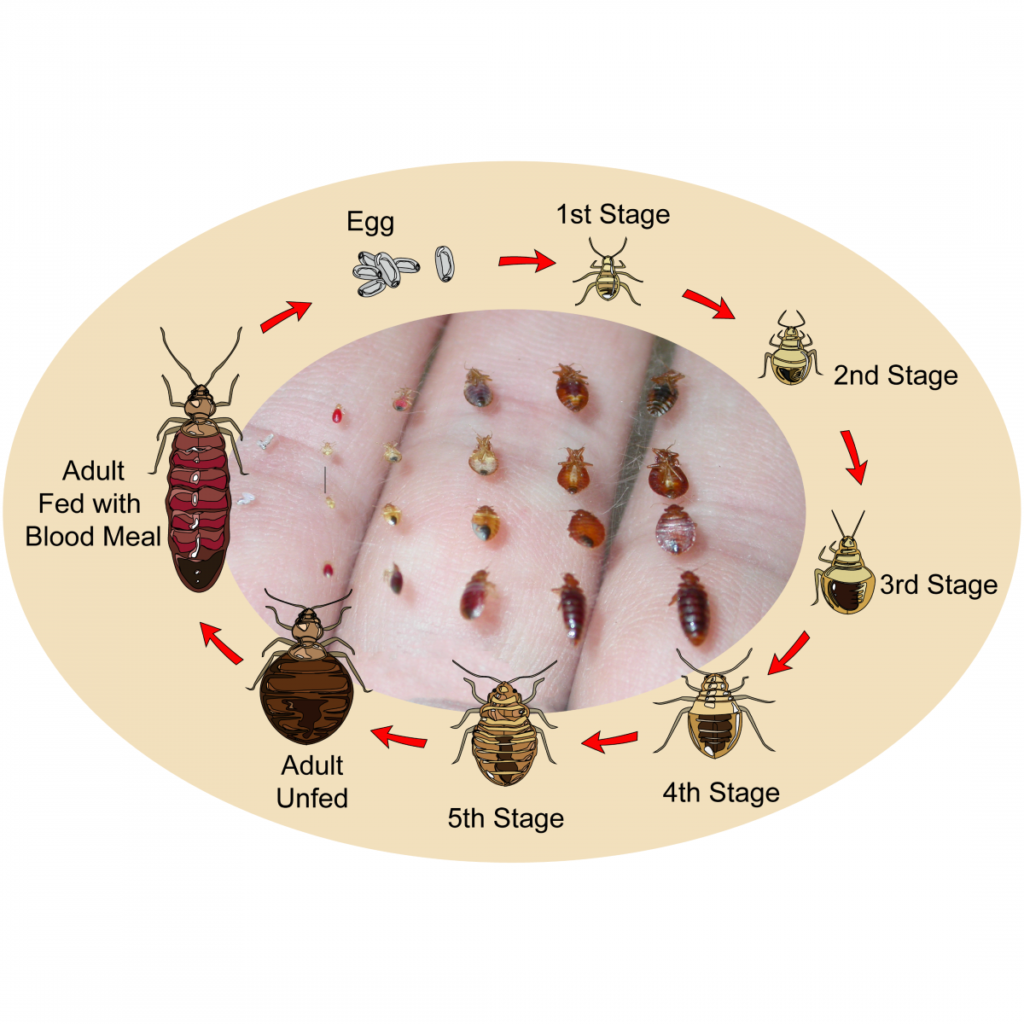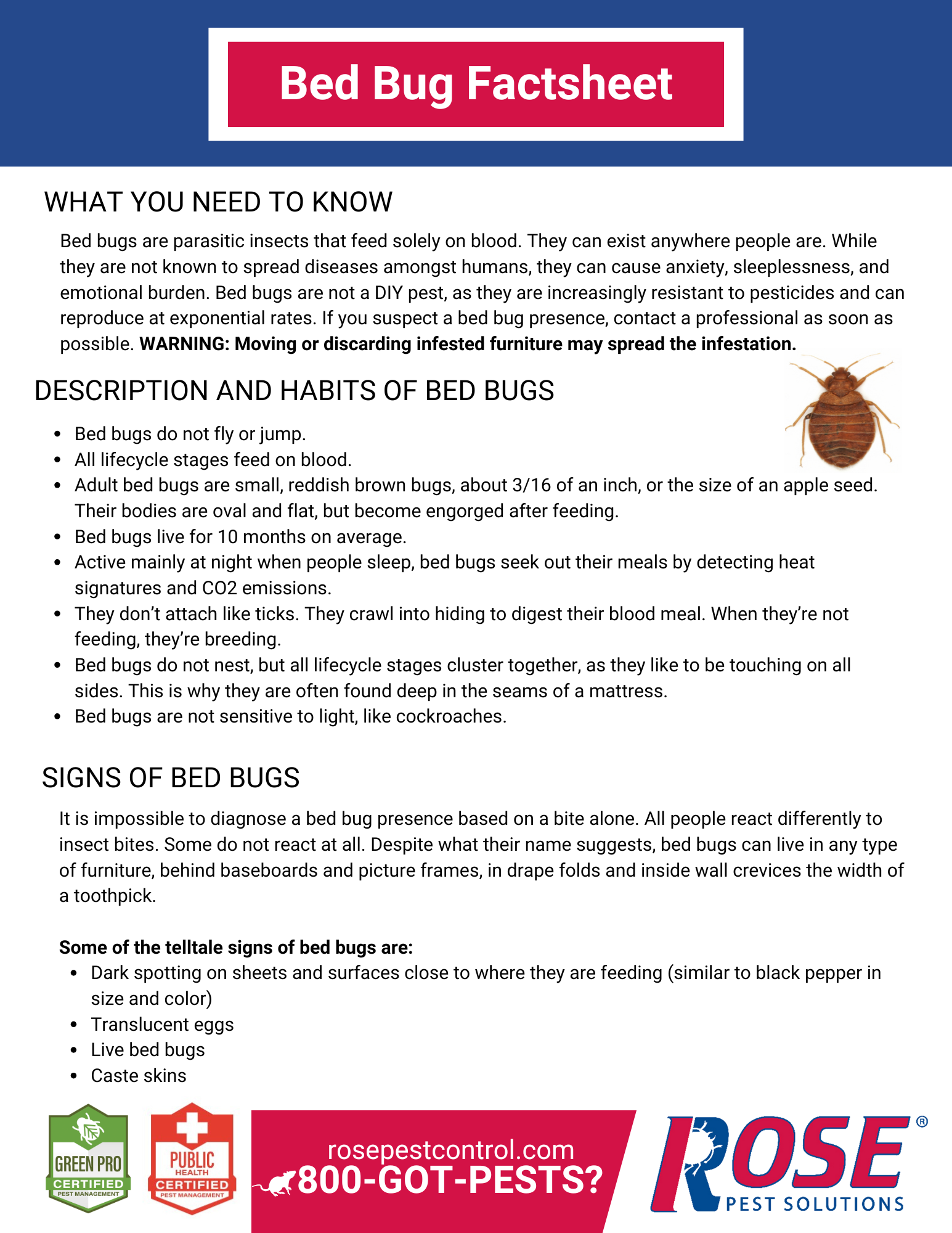The smart Trick of Bed Bug Services That Nobody is Talking About
Bed Bug Services Fundamentals Explained
Table of ContentsBed Bug Services Fundamentals Explained4 Easy Facts About Bed Bug Services ShownAll about Bed Bug ServicesThe 15-Second Trick For Bed Bug Services
A professional bed bug inspection is far more detailed than a casual glance and demands careful attention. Bed bugs are difficult-to-detect, fast-moving pests that hide in narrow spaces, corners, and upholstery. Because of their hidden habits, meticulous assessment is critical to accurately locate and quantify infestations. Professional inspectors use a combination of tools, procedures, and knowledge to detect bed bugs accurately, reducing the risk of escalation.The first step in the inspection process involves knowing the habits and life cycle of bed bugs. Bed bugs belong to the Cimicidae family and undergo a life cycle that includes eggs, nymph stages, and adulthood. Adults are oval, flat, reddish-brown insects that lack wings and have long legs and antennae. Their segmented proboscis allows them to pierce the skin and feed on blood, often causing red, itchy welts on hosts. Knowing these traits guides professionals in locating infestations.
Early detection is vital for effective management. Professionals look for specific indicators such as dark spots of fecal matter, molted skins, and eggs (Bed Bug Services). Female bed bugs are capable of laying hundreds of eggs, leading to rapid infestations if unchecked. Evidence of molted skins or eggshells shows that the infestation is current and demands thorough examination
Preparing for an inspection demands meticulous preparation. Inspectors often advise removing items that block access, which makes it easier to inspect furniture and wall edges. Bedding and linens may be washed in hot water and dried on high heat, and then stored in sealed bags to prevent re-infestation. Wall decor, mirrors, and pictures are sometimes moved to check hiding places. Vacuuming furniture and floors helps clean up stray insects, and vacuum bags should be discarded carefully to avoid spreading.
The Ultimate Guide To Bed Bug Services
The inspection itself is systematic and thorough. Inspectors start with beds and adjacent furniture, checking seams, folds, handles, and crevices. Upholstered furniture, including sofas and recliners, is scrutinized to reveal any hidden pests. Baseboards, moldings, the edges of wall-to-wall carpeting, electrical outlets, closets, and storage areas are also included in the inspection, as these can be common harborage here are the findings sites.
Specialized tools improve inspection effectiveness. Flashlights, magnifying lenses, multi-tools, and mirrors provide visibility in crevices and corners. Monitoring devices like interceptor traps or sticky pads help track bed bug activity over time. Some companies employ trained canines, which detect even small infestations, distinguishing them from old evidence.

Meticulous documentation is a key component. Inspectors record the locations of evidence, severity of infestation, and treatment recommendations. This supports transparency and helps with client communication. Residents are often asked to avoid disturbing potential infestation signs, as this maintains inspection effectiveness.
After inspection, a monitoring plan may be implemented to follow up on findings. Continuous monitoring identifies surviving insects after treatment, and asking residents about bites and sightings provides additional insight. Cooperation from residents ensures accuracy.
The Best Strategy To Use For Bed Bug Services

Professional inspections provide confidence that infestations are correctly identified. Trained inspectors know what to look for and where, prevent misdiagnosis, and give peace of mind.
Bed bug inspections are particularly important in hotels, dormitories, multi-unit apartments, and senior living facilities. Inspectors examine adjacent units, common areas, and shared furniture to ensure the infestation is fully mapped (Bed Bug Services). This prevents escalation and reduces treatment costs
In summary, a professional bed bug inspection requires knowledge of bed bugs, property preparation, careful examination, tool utilization, record-keeping, and follow-up monitoring. Each step supports early detection, informs treatment, and reduces future risk.
The Main Principles Of Bed Bug Services
